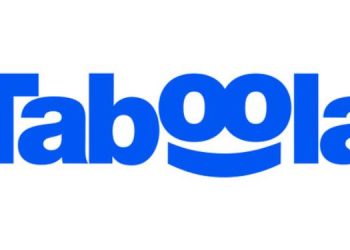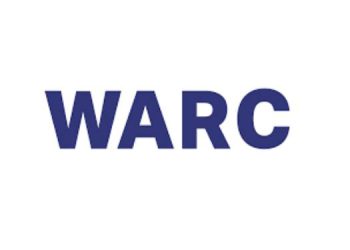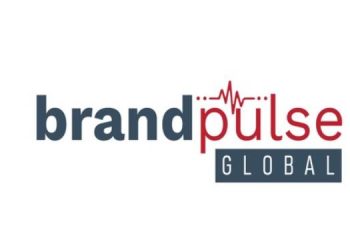Social media in-feed ads, online video and other digital formats such as paid content and native advertising are leading the growth in global advertising and they will drive a 13% annual growth in total display advertising between 2017 and 2019 that includes these formats as well as traditional banners, said Zenith’s latest Advertising Expenditure Forecasts.
The report also estimates that the total display expenditure will rise from US$96 billion in 2017 to US$126 billion in 2019, accounting for 64% of all the growth in global ad expenditure.
By 2019, total display will account for 50.4% of internet advertising expenditure, exceeding 50% for the first time.
When it comes to internet advertising channel, paid search represented the largest pie until 2015, before it was overtaken by display. Expenditure on paid search totalled US$78 billion in 2016, and Zenith’s latest report now forecasts a 10% annual growth to 2019, when it will reach US$103 billion.
Most of this growth is coming from social media (which will grow at 20% a year) and online video (which will grow at 21% a year). It’s not surprising, as social media is central to many of its users’ digital lives – it’s where they plan their social life, read their news and document their activities, and this allows brands to use it as a platform to communicate with them very effectively.
Meanwhile, online video is much better at conveying brand values than traditional display formats like banners. The two are no longer mutually exclusive categories, with video advertising is now central to the growth strategies for most social media platforms.
Interestingly, the report also cites that advertisers are finding it makes less and less sense to plan television and online video separately as “they work best as complements rather than substitutes.” This is also mainly due to the fact that many consumers nowadays do not differentiate much between their smart TVs and other owned devices (that deliver internet content to households’ main TV sets).
The study added that television supplies reach, while online video offers targeting and personalisation. Together they are becoming more important than ever to advertisers seeking to build brands. Stripping out classified and search, which are essentially direct-response channels – television and online video accounted for 48.5% of expenditure on brand advertising in 2016, up from 43.7% in 2010, and its market share is forecast to rise to 49.3% in 2019.
“Internet display is coming into its own as a brand-building media, powered by social media and online video,” said Jonathan Barnard, head of forecasting and director of global intelligence at Zenith. “But the distinctions between online video and traditional television are being eroded, and the two work together much better than they do separately.”

















